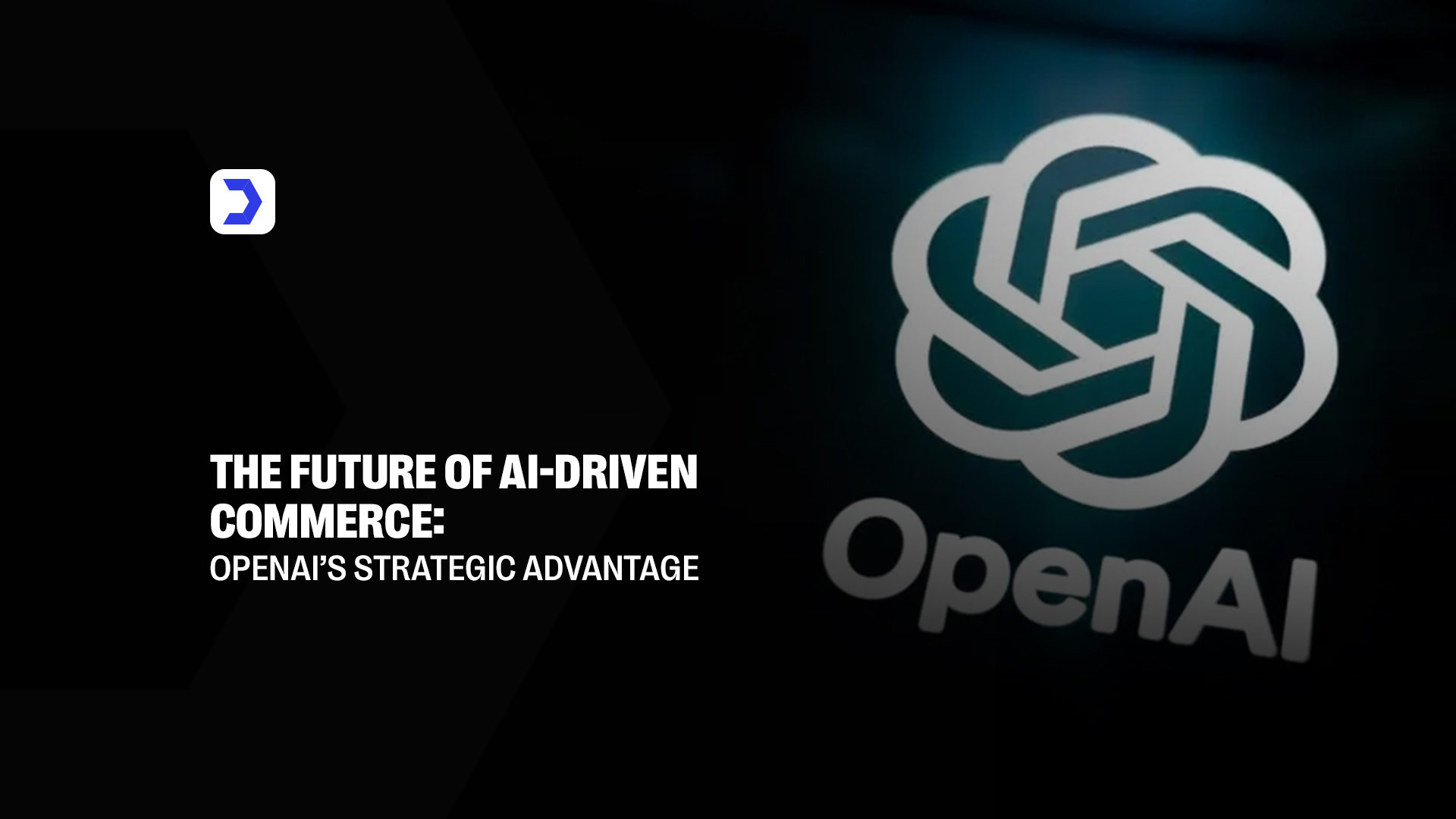Summary
- OpenAI is leading the evolution of AI-driven commerce through its integration of ChatGPT, agentic systems, and advanced reasoning models like GPT-5.
- The rise of agentic commerce will enable autonomous AI agents to manage marketing, purchasing, and logistics with minimal human oversight.
- Tools like the Codex Agent and Operator Agent enhance automation, making ChatGPT capable of executing multi-step commercial processes.
- The planned Sign in with ChatGPT feature marks a turning point in identity-driven commerce, merging personalization with transactional efficiency.
- The development of O3 Pro and OpenAI’s hardware ventures signals an expansion from software to physical interaction, bridging digital and real-world trade.
- With innovations paralleling GPTZero and NoteGPT, OpenAI’s ecosystem prioritizes authenticity, creativity, and intelligent data use.
- Backed by global developer adoption and continuous innovation, OpenAI holds a clear strategic edge in shaping the future of AI-driven commerce.
In just a few years, artificial intelligence has redefined how the world conducts business, communicates, and makes decisions. The next great transformation lies in AI-driven commerce, a landscape where intelligent systems anticipate consumer needs, manage transactions autonomously, and optimize global trade in real time. Among the frontrunners shaping this future is OpenAI, whose growing ecosystem of ChatGPT, autonomous agents, and agentic commerce models is setting new standards for how technology integrates into everyday economic activity.
With each iteration of its technology, from GPT-4 to the anticipated GPT-5, OpenAI continues to expand its influence in both the enterprise and consumer sectors. Its fusion of conversational intelligence and commercial automation positions it at the forefront of a trillion-dollar revolution where AI doesn’t just support business, it becomes the business.
GPT-5: A Strategic Leap, But Execution Matters
The release of GPT-5 is not merely another model update; it represents a pivotal shift in how agentic AI can function autonomously within digital ecosystems. By improving reasoning, contextual awareness, and decision-making speed, GPT-5 gives rise to intelligent agents capable of performing tasks once exclusive to human teams, from negotiating supplier contracts to executing personalized marketing campaigns.
OpenAI’s long-term ambition is to bridge conversational AI with transactional automation, forming the foundation of what analysts now term agentic commerce. In this new paradigm, AI agents act as intermediaries between brands and consumers, making purchases, predicting preferences, and managing digital assets on behalf of users. The integration of ChatGPT into commerce systems is already visible, as businesses embed it into customer service, product research, and automated checkout flows.
However, scaling this model requires more than just smarter algorithms. It demands an infrastructure that can integrate human trust, real-time data, and adaptive reasoning. That’s where OpenAI’s ongoing expansion of its ecosystem provides a competitive edge.
For instance, according to internal developments observed in OpenAI’s operator agent update, the company is refining AI models to handle complex multi-step workflows, such as data processing, analytics, and transaction management, all without human supervision. This move transforms ChatGPT from a conversational platform into a full-fledged digital operations layer capable of managing commerce from input to outcome.
Similarly, the Codex Agent integration, covered in AI Coding Made Easier: OpenAI Adds Codex Agent to ChatGPT, expands the model’s technical scope. It allows the system to write, debug, and deploy code autonomously, setting a precedent for self-managing digital infrastructures that can optimize e-commerce systems in real time. Together, these advancements lay the groundwork for an economy where AI operates as both a commercial engine and a creative collaborator.
This strategic convergence of automation, intelligence, and creativity isn’t happening in isolation. The company’s partnership ecosystem is equally vital. According to reports from OpenAI’s and Jony Ive’s AI device collaboration, the company is venturing into tangible AI hardware, a step that could bridge physical and digital commerce. Such a move would enable ChatGPT to interact with real-world environments, from IoT-connected stores to personalized AI-powered marketplaces.
And as OpenAI continues to refine its reasoning engines through releases like OpenAI’s O3 Pro model upgrade, its capacity for structured decision-making grows exponentially. These reasoning enhancements give GPT-5 the ability to perform high-level commercial functions like market forecasting, dynamic pricing, and customer lifetime value prediction, critical to the success of next-generation AI-driven commerce.
In addition, OpenAI’s cross-platform synergy with developers, businesses, and researchers, as covered in Digital Software Labs’ news updates, reveals a clear strategic focus: to become the backbone of digital operations worldwide. Whether it’s powering AI-driven creative tools, enterprise-grade systems, or next-generation reasoning engines, OpenAI’s expansive architecture continues to strengthen its strategic advantage in the AI economy.




